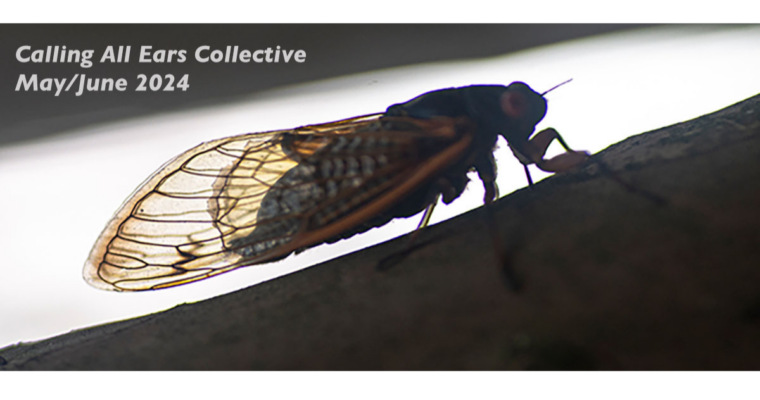Calumet Park
9801 S. Avenue G, Chicago, IL 60617
Saturday August 4, 4—6 pm
Explore the sights and sounds of the Industrial History of South East side of Chicago at Calumet Park with Norman W. Long.
His project focuses on the soundscape ecology and cultural landscape of the Lake Calumet region that makes up most of the South Deering community area. He has lead two walks this summer including Big Marsh, one of the newest parks in the area and Bessemer Park one of the oldest. Through listening to and being in these spaces (particularly public parks) we can have better understanding of the communities where we live and be clear about what we want to change and where we want to preserve.
The South South Deering community area is a former steel industrial area is home to majority Black and Latinx residents. It was the home of Wisconsin Steel Works, originally the Joseph H. Brown Iron and Steel Company, South Works (US Steel), Iroquois Steel and Republic Steel. There are several neighborhoods in this community, South Chicago, Jeffery Manor, South Deering and Slag Valley.
”Envisioned in 1903 as part of the South Park Commission’s revolutionary neighborhood park system, Calumet Park developed slowly, and was not completed until the 1930s. The commission conceived the innovative parks to provide social services and breathing spaces to overcrowded immigrant neighborhoods. Landscape architects the Olmsted Brothers created plans for 14 new parks, however four were delayed, including Calumet Park. Opened in 1905, the first ten included Russell, Mark White, Davis, Armour, and Cornell Squares, and Bessemer, Ogden, Sherman, Palmer, and Hamilton Parks.” (Source)
Co-supported by MSAE, NOITP, and Norman’s Three Walls RaDLab Fellowship.

